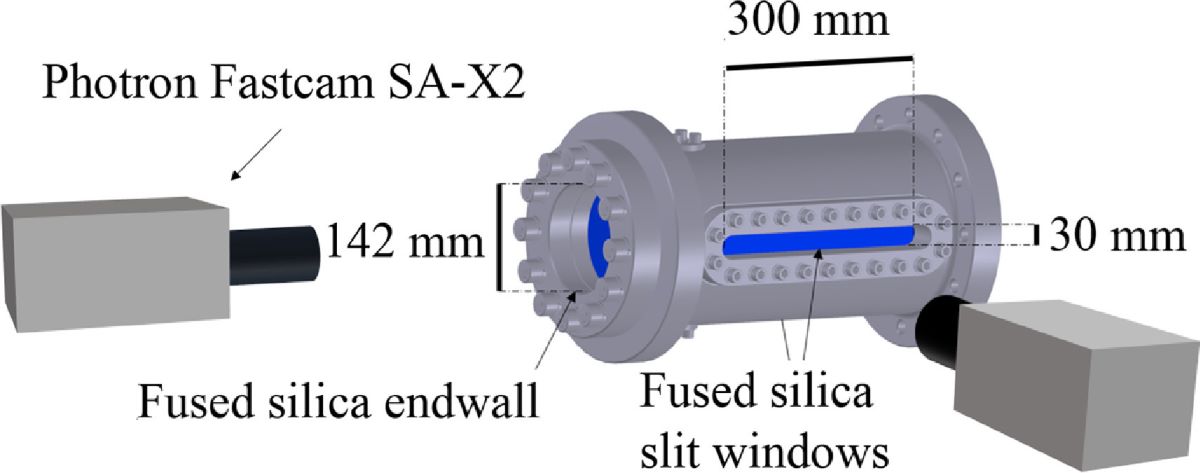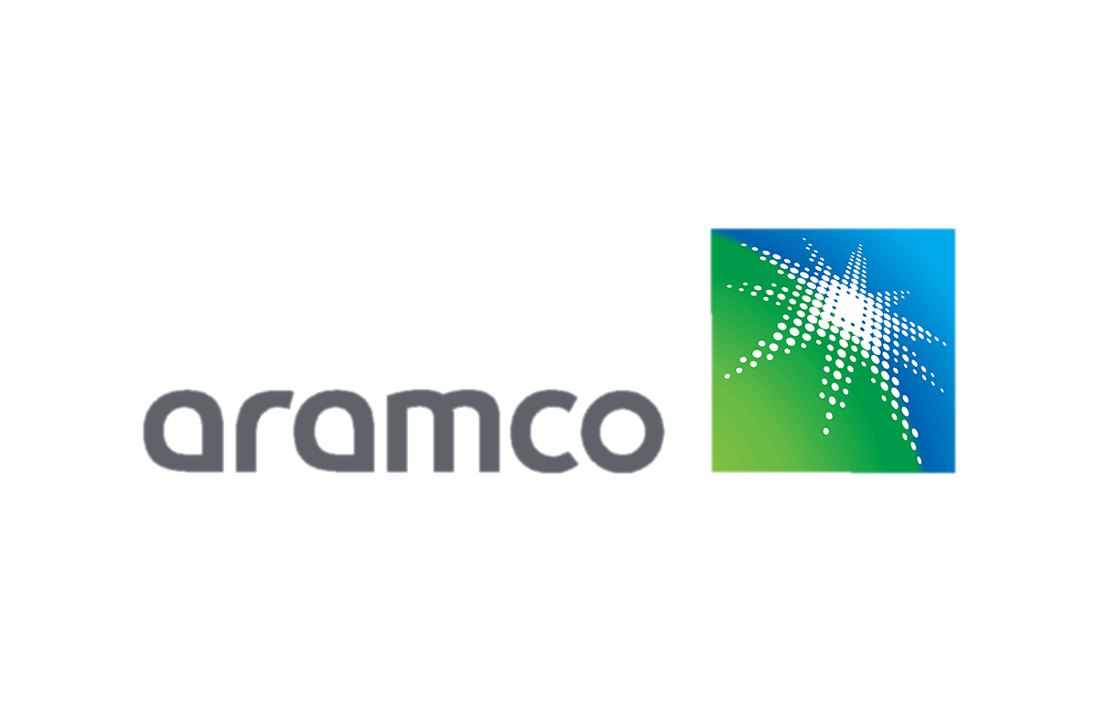

.png?sfvrsn=1b6bae1a_0) (FASTER)
(FASTER).png?sfvrsn=ac211bda_0)
The motivation behind this project stems from the need to understand the limitations of shock tube experiments, particularly the occurrence of non-ideal ignition events. By capturing these ignition modes in real time, the project aims to improve the reliability of data used for validating chemical kinetic models.

Optical end section for simultaneous lateral and endwall visualization
The project leverages a shock tubes equipped with an optical section that allows for dual-camera imaging.
The system captures images at 50,000 frames per second, revealing ignition characteristics of alternative fuels such as ethanol and methanol, along with paraffinic fuels like n-hexane. The research identified key differences in how these fuels ignite, particularly in localized ignition events. This setup provides a robust framework for analyzing fuel mixtures that exhibit negative temperature coefficient (NTC) behavior and preignition, helping refine chemical kinetic models.

Simultaneous endwall and sidewall imaging of ethanol mixture E at 1012 K and 2.4 bar and methanol mixture A at 1026 K and 1.5 bar.
Impacts:

Fuel Technology Division, Saudi Aramco